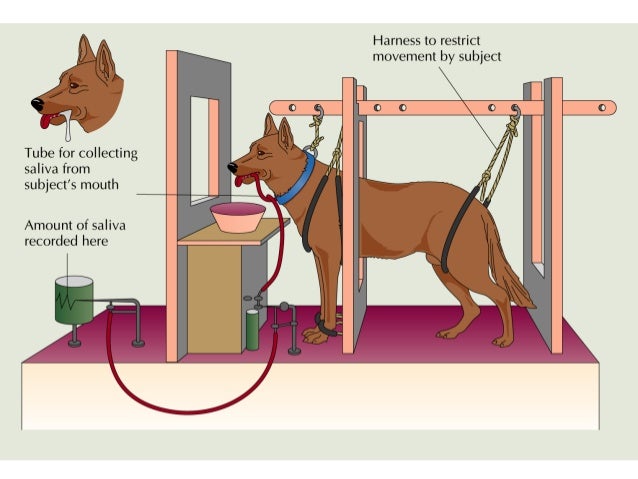What is learning?
The learning process all depends on life experience. With that being such a huge component, learning can occur anywhere. People may identify learning as going to school and sitting in multiple lectures that are meant to fill your head with a variety of knowledge, but learning is so much more than that. Learning is occurring in our everyday activities we perform without our own awareness. With that, there is a variety of ways learning can be performed, such as: observational learning, operant conditioning, classical conditioning and a variety of others. One in particular I want to focus on is classical conditioning.
Classical Conditioning:
Classical conditioning is a major form of learning which is commonly used in modern day. In Ivan Pavlov, a major figure in psychology, performed research over dog salivation before food arrival by focusing predominately on classical conditioning. In chapter 6 of the psychology book provided, classical conditioning is defined as "a form of learning in which animals or people make a connection between two stimuli that have occurred together such that one predicts the other." The two stimulus are identified as neutral stimulus: stimulus causing no response, and a unconditioned stimulus: stimulus that creates response with no learning required. In Pavlov's experiment, he used a bell as the neutral stimulus and food as the unconditioned stimulus. In the experiment, he would ring the bell so it could alarm the dog that he could eat. He would repeat this experiment over and over to allow the dog learning process to think that whenever he heard a bell, that he was getting food which in effect would cause salvation. He found the solution he was looking for all along, as soon of the sound of the bell hit the dogs eardrum, the dog would begin salivating even if he wasn't getting food because his recent experiences caused receiving food to be identified with the sound of a bell.

This classical conditioning fascinated me into thinking how its used in our modern day world. Advertising, the ability to communicate with users of a particular service or product. This is one of the most commonly used tools that practice classical conditioning without even knowing it. Instead of identifying their practice as classical branding, they define it as branding: pairing a product with something users will like or find exciting. Where branding really relates with classical conditioning is the use of repetition by commercials, billboards, posters, and even park benches. One example could be how big sport apparel brands (Nike, Adidas, Under Armour...) pair up with superstar athletes to be a face for their brand. The public begins recognizing the brands more and more due to the athletes that sponsor it. 

Real World Example:
Classical conditioning can be performed with the simplest of tools. One example of classical conditioning I saw from The Office has really intrigued me to go out there to try it for myself. In this Jim is experimenting with this certain form of learning with Dwight. He uses the sound Windows makes when it reboots as the neutral stimulus and mints as as the unconditioned stimulus. Whenever Jim would make the sound of the Windows computer rebooting, he would offer Dwight a mint. He repeated this process several times until one day when Dwight stuck his hand out for the mint instantaneously due to the sound of Jim's Window computer reboot. Though this was done on a television show, this is a perfect example of using minimal materials you can find at home to set up an experiment for classical conditioning.

Works Cited:
-Chapter 6 from the text provided:
file:///C:/Users/jgsar/Downloads/Week%207_Chapter_Pomerantz1e_Learning%20(2).pdf
-The Office example:
https://vimeo.com/35754924
-First image:
https://kkcd.wordpress.com/2013/10/17/principles-of-psychology-as-they-apply-to-learning-and-education/
-Second image:
https://www.slideshare.net/UDDent/learning-theories-1
-Third image:
https://www.moreaboutadvertising.com/2014/03/adidas-launches-world-cup-with-messi-in-fast-or-fail/
-Fourth image:
https://www.theodysseyonline.com/jims-best-pranks-on-dwight
I really liked reading your post, John! I especially liked The Office example ;) I totally agree on your first example with the dog. I think that it is amazing what we can teach animals to do. They are so smart!
ReplyDelete